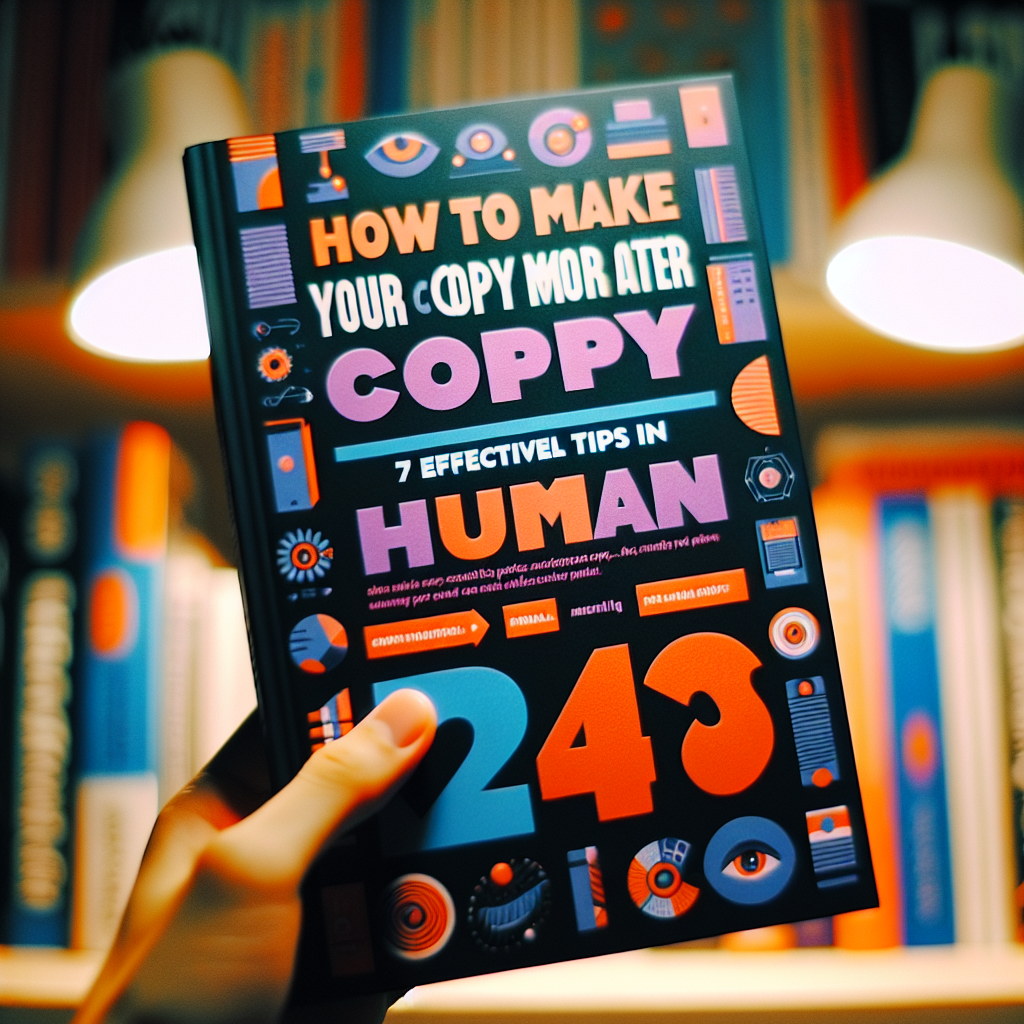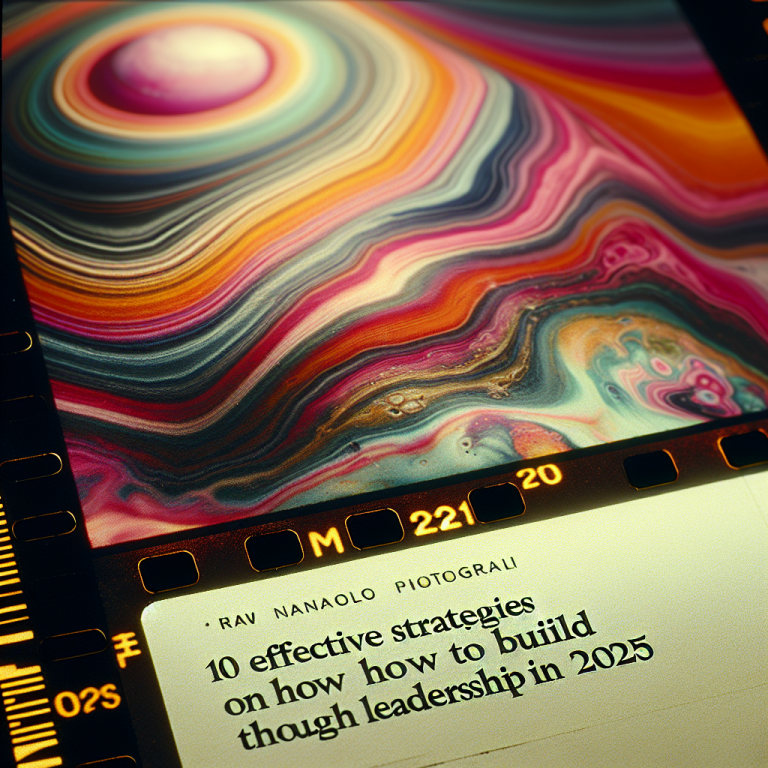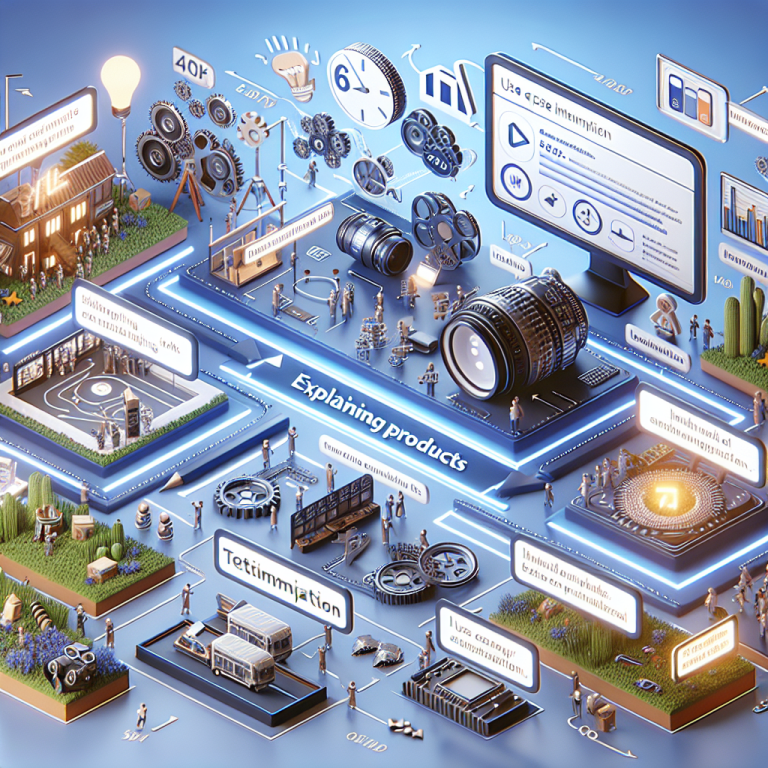How to Make Your Copy More Human: 7 Effective Tips for 2025
Table of Contents
- 1. Know Your Audience Inside and Out
- 2. Use Conversational Language and Tone
- 3. Incorporate Storytelling in Your Copy
- 4. Show Genuine Empathy and Understanding
- 5. Be Authentic and Transparent
- 6. Leverage Personalization and User Data
- 7. Practice Constant Improvement and Feedback
1. Know Your Audience Inside and Out
Research Deeply to Understand Your Audienceâs Needs
To learn how to make your copy more human, start with understanding who you’re talking to. Deep research into your audience’s preferences, pain points, and values enables you to craft messages that resonate authentically. Use tools like surveys, social media listening, and analytics to uncover insights into your target demographics.
For example, if you’re marketing a health product in 2025, knowing your consumers’ lifestyle habits and health concerns allows you to speak directly to their needs. This personalized approach conveys empathy and builds trust, making your copy feel more human and relatable.
Keep in mind that audience preferences evolve, so continuous research is vital. Updating your personas quarterly helps you stay aligned with their current mindset, ensuring your messaging remains authentic and engaging.
Segment Your Audience for Better Connection
Segmenting your audience into smaller groups based on behaviors, interests, or demographics helps tailor your communication more effectively. When you know how to make your copy more human, segmentation allows personalized messaging that truly speaks to each groupâs unique experiences.
In 2025, leveraging AI-driven tools to automate segmentation can save time and increase accuracy. This approach ensures your content hits the right emotional notes rather than a generic message.
For instance, a B2B software company might create different copy for small startups versus large enterprises, addressing their specific challenges and aspirations. This targeted approach fosters genuine connections, making your copy more relatable and human.
2. Use Conversational Language and Tone
Write as if You’re Talking to a Friend
One of the most effective ways on how to make your copy more human is by adopting a conversational tone. Write as if you’re chatting with a friend rather than delivering a formal lecture. This approach makes your content accessible and approachable.
People prefer content that feels personal and relatable. Use everyday language, contractions, and simple sentence structures to make your message approachable. For example, instead of saying “Consumers should consider evaluating their options,” say “You should consider your options.”
This style helps break down barriers, encouraging your audience to engage and respond. In 2025, consumers are increasingly craving authenticity over perfection, so embracing a friendly, conversational voice is more important than ever.
Ask Questions and Use Inclusive Language
Engagement increases when your copy prompts interaction. Asking questions like, “Ever wondered how to make your copy more human?” invites readers to reflect and respond. This strategy fosters a two-way conversation rather than a one-sided monologue.
Moreover, using inclusive languageâsuch as “we,” “you,” and “us”âcreates a sense of community and shared purpose. This inclusivity strengthens emotional bonds, making your copy more compelling and genuine.
Tools like Grammarly or Hemingway Editor can help refine your tone, ensuring your language remains friendly and inviting.
3. Incorporate Storytelling in Your Copy
Share Genuine Stories and Experiences
Stories are powerful because they evoke emotions and create memorable impressions. When you learn how to make your copy more human, integrating storytelling is one of the most effective techniques. Share real experiences, customer success stories, or personal anecdotes that relate to your message.
For example, including a customer testimonial about how your product helped them overcome a challenge creates authenticity and credibility. In 2025, storytelling remains a trusted way to foster empathy and trust with your audience.
Ensure stories are genuine and resonate with your brand voice. Avoid overly polished narratives that lack authenticity, as audiences can sense insincerity behind scripted stories.
Structure Stories for Impact
A well-structured story has a clear beginning, middle, and end. Highlight the problem your customer faced, the struggle they went through, and the positive outcome after using your product or service. This structure helps your audience see themselves in the story.
Use vivid language and sensory details to paint a picture, making the story more engaging. Visuals, if used responsibly, can complement storytelling and deepen emotional impact.
Consistent storytelling in your content builds a narrative that your audience can connect with on a human level, making your messaging more memorable and relatable.
4. Show Genuine Empathy and Understanding
Address Your Audienceâs Pain Points Honestly
Understanding how to make your copy more human involves genuinely addressing your audience’s pain points with compassion. Acknowledge their struggles openly and show that you genuinely care about helping them resolve issues.
Research indicates that empathetic messaging increases trust and conversions. When your content demonstrates that you understand their problems, customers are more likely to engage and form lasting relationships.
For instance, instead of a generic sales pitch, say, “We know how frustrating it can be to find a reliable service. Thatâs why our team is dedicated to making things easier for you.”
Use Empathy Statements Effectively
Integrate phrases that validate your audience’s feelings, such as “We understand,” “You’re not alone,” or “That can be tough.” These statements foster a sense of connection and compassion.
Empathy-driven copy often features relatable scenarios or shared experiences that help your audience see themselvesâmaking your message more human and trustworthy.
Regularly review your content for empathetic language and adjust if it feels impersonal or detached. Staying genuine is key in 2025’s human-centered marketing landscape.
5. Be Authentic and Transparent
Share Behind-the-Scenes Content
People crave authenticity, especially in 2025, where skepticism about overly polished marketing is high. Sharing behind-the-scenes stories about your brand or team fosters transparency and trust.
For instance, showing your team at work or highlighting your company’s values helps humanize your brand beyond polished ads. Authenticity encourages your audience to connect with your real story and motivation.
This openness creates a bond, making it easier to build long-term trust and loyalty.
Be Honest About Your Limitations
Transparency isn’t just about sharing successesâacknowledging challenges or mistakes also strengthens trust. When you’re honest about limitations or setbacks, it shows maturity and integrity.
This honesty makes your brand appear more human and relatable. Customers appreciate brands that arenât afraid to show their true selves, especially when they learn from their mistakes.
In 2025, consumers are especially adept at detecting insincerity, so cultivate an authentic voice that embraces transparency as a core value.
6. Leverage Personalization and User Data
Use Data Responsibly for Tailored Content
Learning how to make your copy more human involves using data to personalize your messages thoughtfully. The more you understand your users’ preferences and behaviors, the better you can craft content that feels personal and relevant.
In 2025, AI and machine learning enable hyper-personalization at scale. Use this technology to deliver tailored content, product recommendations, or customized offers that genuinely speak to individual needs.
Remember, responsible data use is crucial â always respect privacy and comply with regulations like GDPR. Transparency about data collection builds trust with your audience.
Create Personalized Experiences That Resonate
Personalization goes beyond names in emails; it touches on the emotional core of your audience. Share stories or content that align with their interests, values, or past interactions.
For example, if a customer recently bought gardening tools, follow up with gardening tips or related products that enhance their experience. This demonstrates understanding and care, making your copy more human.
In 2025, personalized marketing isn’t optionalâit’s expected. Implement smart automation tools to ensure your copy adapts dynamically and authentically to each user.
7. Practice Constant Improvement and Feedback
Gather Feedback to Refine Your Voice
Regular feedback from your audience is essential for understanding how well your copy resonates. Use surveys, comments, and analytics to gauge emotional engagement and clarity.
In 2025, being agile and receptive to feedback is key. Adapt your messaging style based on insights to foster ongoing authenticity and relatability.
For example, if your audience indicates your tone feels too formal, experiment with a warmer, more conversational style and observe the response.
Test Different Approaches Continuously
A/B testing different versions of your copy helps identify what makes your audience connect more deeply. Small tweaks in language, tone, or storytelling techniques can significantly impact engagement.
Make experimentation a regular part of your process. Use data-driven insights to refine your approach and ensure your copy remains human and effective in 2025.
This iterative process will help you understand how to make your copy more human in increasingly meaningful ways over time.
Conclusion
Mastering how to make your copy more human is an ongoing journey that involves understanding your audience, using authentic storytelling, showing empathy, and embracing transparency. In 2025, these principles are more important than ever as consumers seek brands they can trust and relate to. By applying these 7 effective tips, you’ll create content that truly connects on a human level, fostering loyalty and engagement. Remember, genuine humanized copy is not just about keywordsâit’s about building real relationships through honesty, empathy, and authenticity. Start implementing these strategies today, and watch your brand resonate more deeply than ever before.
Frequently Asked Questions
- 1. How can I improve my copy to make it more human in 2025?
- Focus on understanding your audience, using conversational language, telling stories, showing empathy, and being authentic. Incorporate personalization thoughtfully, and continuously seek feedback for improvement.
- 2. Why is it important to know how to make your copy more human?
- Humanized copy builds trust, fosters emotional connection, and increases engagement. In 2025, consumers expect brands to be authentic and relatable, making this skill essential for success.
- 3. What are some best practices for storytelling in copywriting?
- Share genuine stories, structure them with a clear beginning, middle, and end, and use sensory language. Authentic storytelling helps your audience relate and remember your message.
- 4. Can AI help in creating more human-like copy?
- Yes, AI tools can assist in personalization and content optimization. However, the human touch remains essential for authenticity, empathy, and emotional connection.
- 5. How frequently should I review my copy for improvements?
- Regular reviewsâat least quarterlyâare recommended. Use feedback, analytics, and testing to refine your approach continually and stay aligned with your audience’s evolving needs.










